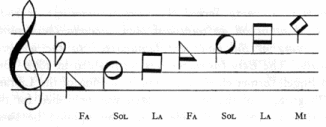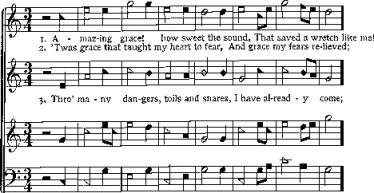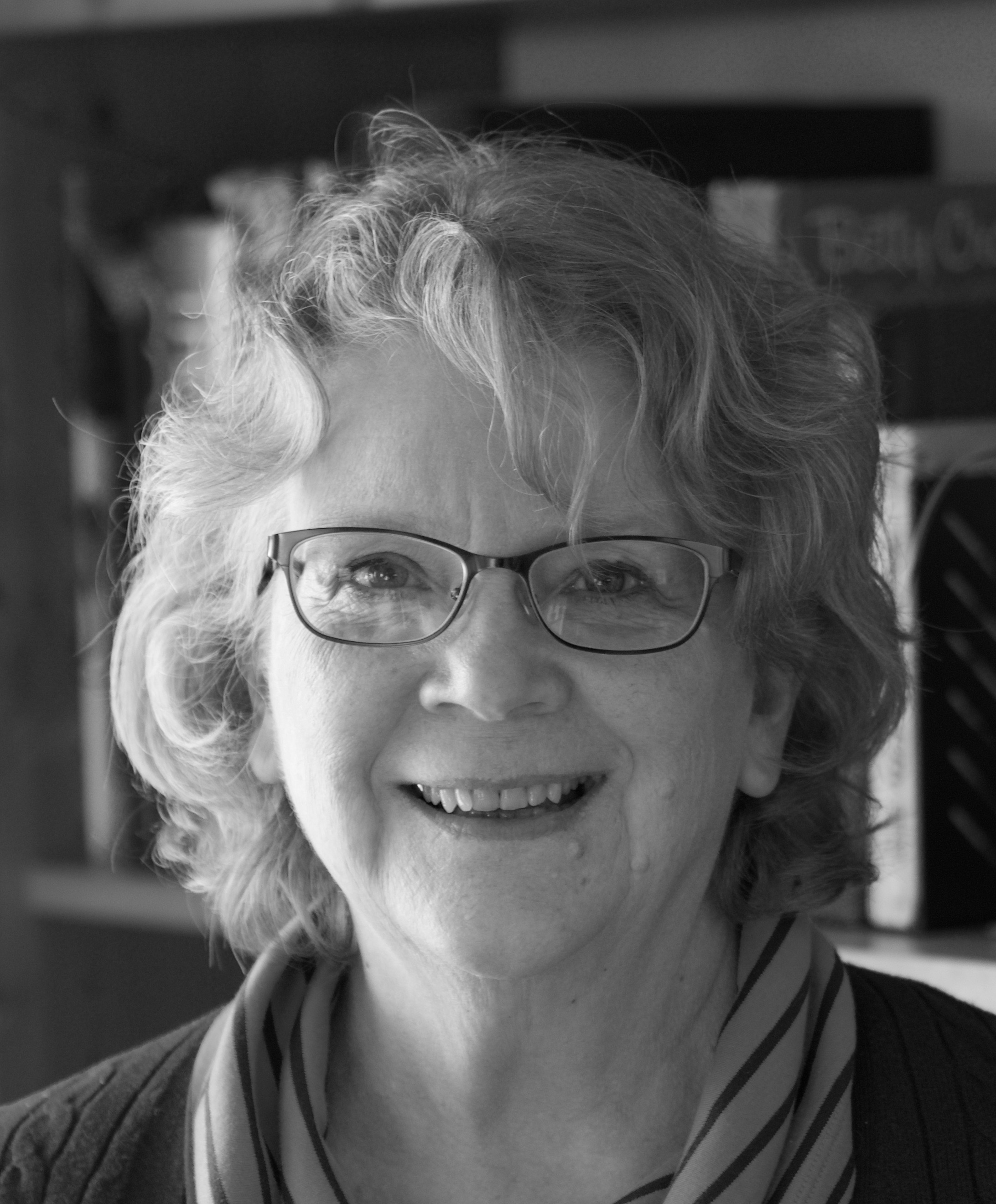Sacred Harp Singing
 Saturday, June 16, 2007 at 11:21AM
Saturday, June 16, 2007 at 11:21AM My mother used to talk about it. Some of her older relatives did this shaped note singing, and when we lived in Tennessee, she said, some of the hymnals in the country churches were shaped-note hymnals. What is shaped note singing?
The Sacred Harp tradition developed out of the singing school movement which began in New England in the late 1700’s, then spread to the rural South and finally to Texas. The early singing schools employed the English solemnization technique, which uses syllables “fa, sol, la, mi” to denote the tones of a musical scale.

Each note (fa, sol, la, mi.) is denoted by a different shape, and that way people with no musical training, who couldn’t read notes or recognize sharps or flats, could sing in four part harmony, a cappella. It has an unusual, but quite lovely sound.
Sacred harp singing is done traditionally in this way:
Singers would learn a tune by first “singing the notes” then repeating the song with the lyrics. This custom remains a distinct aspect of Sacred Harp singing, which takes its name from one of the most popular shape-note songbooks… .
The singers sit in a hollow square with space in the middle for the leader. Tenors face altos, and basses face the trebles. The goal is to build a sound and spirit for the singers to enjoy.
Here is an example of a score for sacred harp singing:

The treble, which is the top line (and is not the melody), and the lead, which is the third line (and is the melody), are sung by both men and women, but with women singing an octave above the men. True tenors and true sopranos would normally sing treble. The lead, because it is the melody and easiest to learn, is often sung by the more inexperienced singers. The second line, which is alto, is sung only by women; and the fourth line, which is bass, is sung only by men. That both men and women sing two of the four parts makes for a very full sound.
Now, I bet you’re curious to hear what this all sounds like, right? Here’s an example of sacred harp singing. You’ll hear them sing with the names of the notes first, and then move on to singing the words of the verses of the song. You’ll find more info on the site from which these quotes, the images, and the mp3 file come.


Reader Comments (11)
My favorite Sacred Harp tune is Idumea (which is usually sung with lyrics by Charles Wesley). I don't think I've heard Hester before, but I've added it to my favorites.
I've never done it myself, but it seems like it would be so much fun.
I've never done it myself, but it seems like it would be so much fun.
Yep, doesn't it?
Thanks for sharing this Rebecca. It sounds very similar to the Russian Molokan a cappella singing that I grew up hearing and singing...
Rebecca, ditto what Ellen said! So reminds me of the Molokan singing - Wow!
I completely forgot about this! What a remembrance! I have 3 old, old hymnals of my Grandmother's with notes like these. They called them 'cauliflower notes', why I don't remember. The Brethren church that my great-great Grandfather started, used these hymnals and they sung in this fashion for quite a few years. Gram said they had no organ nor piano. I remember at family gatherings when I was really small this type of singing and during church picnics. I just thought it was harmony. Never knew what it was called, nor did I ask, this was all I knew. Those hymnals have some German in them and what some call Pennsylvania Dutch. Thanks for the flood of emotions when listening to that link!
I've never heard of this before. The mp3 is interesting. I would imagine that it is awesome in person. Thanks for posting on this.
Always learning,
Lisa
www.teahouselj.blogspot.com
Update: Talked with my Mom and she said they were called 'buckwheat' notes. Where did cauliflower come from I don't know but she said that the first shape-note hymnals originated in Pennsylvania.
The Brethren church that my great-great Grandfather started, used these hymnals and they sung in this fashion for quite a few years. Gram said they had no organ nor piano.
Yes, no accompaniment in sacred harp singing.I don't know whether that started from necessity or preference, but at this point, that's the only "right" way to do it.
I have a friend who, on certain hymns, will take the tenor line up an octave and use it for a descant. That does make for a rich sound!
There are a couple shape note singing albums available on Itunes and they are listed under the "Folk" catagory.
For those who live near Minneapolis and are interested, the Sacred Harp Singers meet periodically for sings. I'm pretty sure they have a website.
I really enjoy this style of singing! It's great for keeping one awake on long road trips, whether one sings along or not. My music-loving family does despise this singing style, so I only play it when I'm alone. I even have a "Shape Note" playlist on my Ipod!
Thank you for posting this! What a fun subject to think about!
Wow! I have always wondered what this style of music was,I remember stumbling upon some manuscripts when I was studing music at high school, but no one was able to explain it to me. I now I have not only read about it, but heard it too! It is beautiful. I reminded me of ealy gospel & 'slave' music. We have lost so much beauty in modern music.... Thanks for your beautiful & insightful blog, I have just discovered it & I will be back.
Am
Do be aware that not all "shape-note" singing is Sacred Harp. The name "Sacred Harp" comes from a widely used tunebook, but there are other books as well. Also, there are seven-shape [do-re-mi] shape-note tunebooks, including many gospel hymnals. In the early twentieth century, denominational hymnals were often printed in both shape-note and round-note versions; the hymnals your mother recalls from country churches in Tennessee may well have been these, which are otherwise just like their round-note counterparts--taller than they are wide, melody on the top line, laid out for the keyboard, etc.